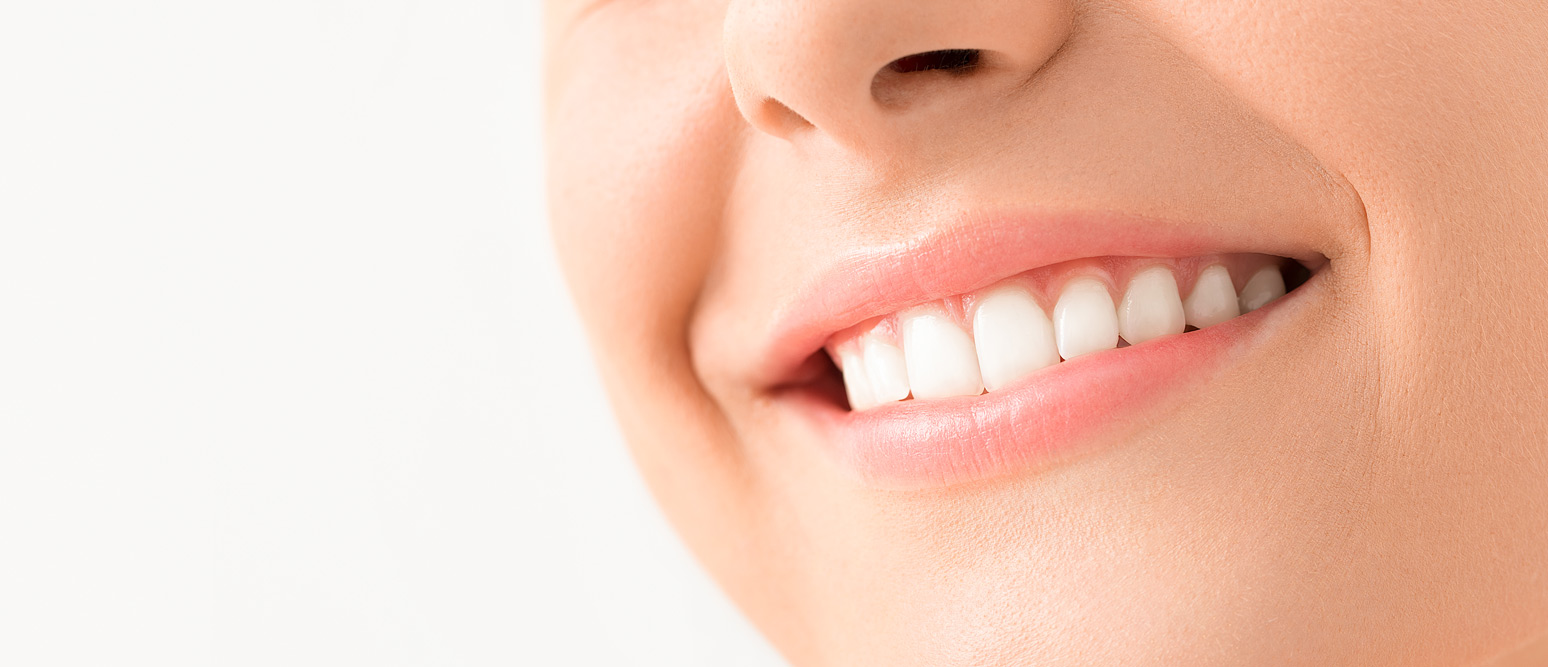A dental crown is a cap that covers a damaged tooth or dental implant. Dental crowns are often recommended for patients whose teeth are misshapen, broken, or weak. They can also be used for down or discolored teeth. The common options for dental crowns have always been ceramic and metal varieties.
More recently, zirconia dental crowns became available. Zirconia crowns are made from zirconium dioxide, a strong and durable ceramic material. Porcelain crowns, while they have been around longer, also have benefits over other conventional materials. Read on for more information about these types of dental crowns.
Benefits of Zirconia Crowns
There are many benefits of having this type of crown over more traditional metal crowns. Here are a few:
Durability
One of the best things about zirconia is its strength and durability. Think about the force your back teeth use on food and how strong and durable your teeth have to be to exert such force. Dental crowns need to be made from strong materials. Aside from the strength of zirconia, one major benefit is that the dentist does not have to do as much prep work before you get the crown placed.
A 2017 controlled random trial published in The Journal of Dentistry found that metal-based crowns and zirconia-based crowns have the same strength. Zirconia dental crowns, also called monolithic zirconia crowns, are extremely strong and durable.
Biocompatibility
Many dentists prefer zirconia because of its biocompatibility. Biocompatibility means that it’s less likely to cause an immunological response like inflammation or other bodily reactions. A study done in 2016 confirmed these findings, and the study also found that it contained a minimum amount of cytotoxicity, which is the degree to which a substance can damage a cell.
Done in One Visit
Dentists can make these crowns in their office, which means they don’t have to send an impression of your tooth off to a lab to have a crown made. This ensures that you can get the crown made and cemented into your tooth, so the whole procedure can be done in one office visit. They start by using computer-aided drawing technology to speed up the process, and then they use a dental milling machine to make the crown out of a block of zirconia.
Drawbacks of Zirconia Crowns
Having a zirconia dental crown does, however, come with disadvantages. Knowing the good and the bad can help you narrow down your choices and help you avoid nasty surprises.
Opacity
The opaque appearance of a zirconia crown makes it look unnatural to some people. This is true specifically for monolithic crowns, which are made from only zirconia. This may not be as much of an issue if it’s placed in the back of the mouth.
Wear Potential on Other Teeth
Some dentists have been less keen on using these crowns because the hardness of zirconia presents potential risks of wear and tear to other teeth. However, a 2012 study in the Journal of Dentistry found that other types of crowns are more likely to cause wear and tear and potential damage on the enamel of the teeth across from where the crown was placed.
Challenging to Color Match
Some dentists will layer porcelain on top of the zirconia crown while making it. They do this because zirconia can be a bit harder to match the rest of your teeth because of its opacity. A zirconia crown with a layer of porcelain can be easily matched to your tooth color. However, you need to consider the fact that it may separate into layers, which is called delamination, before you get one made that way.
Porcelain Crowns
Porcelain crowns are another great option to consider for your teeth. They are one of the most aesthetically pleasing materials to make dental crowns out of due to their translucent color. Porcelain crowns are especially useful when the tooth can’t be restored through filings or other types of restoration. In some cases, porcelain crowns can even be used on a child’s primary teeth. They’re commonly used in specific cases of needing to save teeth that can’t be used because of too much decay or decay in an area that’s not able to be corrected by fillings.
Popular Types of Porcelain Crowns
There are many different types of porcelain crowns. Those are the traditional crowns, empress crowns, Procera crowns, lava crowns, zirconia crowns, and Emax crowns.
- Traditional – Traditional porcelain crowns are made with feldspathic porcelain, and that’s the type that’s considered the most beautiful.
- Empress – Empress crowns can have a glassy appearance and can be classified as ceramic.
- Lava – Lava crowns are made with zirconia on the inside that give the crowns a pleasing appearance on the outside.
- Procera – Procera crowns are really strong, as they have milled ceramic on the inside and porcelain on the outside.
- Zirconia – These crowns have the most natural look in both the way that they’re colored and that they don’t have a black line along the gum line like some other crowns do.
- Emax – Emax crowns are some of the most aesthetically pleasing, longest-lasting crowns, and they’re growing in popularity.
Porcelain Crown Placement
Dentists place porcelain crowns in the same way as they do any other type of crown. First, the tooth is cleaned and prepared for the crown. They prepare for the crown by cleaning and reshaping the tooth. They then take dental impressions to send to their lab as a model to fabricate the crown. It usually takes the lab two to three weeks to get the crown made and ready, and for that time, there may be a temporary crown for the tooth.
The next step is to rough up the tooth where the crown is needed with etching acid to help the crown bind with the tooth after it’s placed. Once the crown is ready and has been properly adjusted, it’s bonded to the tooth using dental cement.
Other Options for Crown Materials
These crowns are by no means your only options— there are several types of dental crowns to choose from. The following is a list of other materials that may be used in the making of crowns. They include:
- Composite resin
- Metal
- Ceramic
- Material combinations, such as porcelain that’s fused to metal
Always talk with your dentist first before deciding on a dental crown material. There are many factors to keep in mind, including how much of your real tooth remains, the location and function of the tooth that needs the crown, the amount of gum that shows when you smile or show teeth, and the color of the surrounding teeth.
Contact Our Office to Find out More About Zirconia and Porcelain Crowns
If you’re interested in finding out more about zirconia and porcelain dental crowns in Boca Raton, feel free to give us a call at 561-367-9922. We’re happy to arrange a consultation with you and explore your options to give you a beautiful smile.


